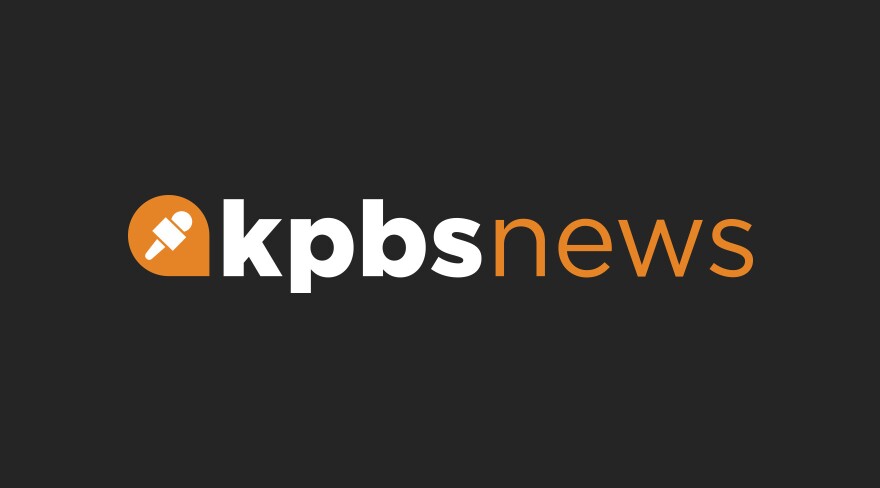A spike in radioactive sulfur from the damaged Japanese nuclear plant was detected in California in late March, but researchers say it posed no threat to health.
While the amount was higher than normal background levels, it was still small, said Mark Thiemens of the University of California, San Diego.
"The levels we recorded aren't a concern for human health. In fact, it took sensitive instruments, measuring radioactive decay for hours after lengthy collection of the particles to precisely measure the amount of radiation," said Thiemens. He is lead author of a report on the findings being published in Tuesday's edition of the Proceedings of the National Academy of Sciences.
Japan's Fukushima nuclear plant was damaged in a tsunami on March 11 and extremely low amounts of radioactive iodine later showed up in milk sampled in California, Colorado, Connecticut and Massachusetts over the following weeks. Environmental Protection Agency officials said the levels were so minuscule they were not harmful to public health. EPA scaled back its monitoring efforts to routine levels in May.
The new report focused on sulfur measurements taken at Scripps Institution of Oceanography in La Jolla, Calif., March 28-April 1.
While there was no threat from the radiation, Thiemens explained in an email that tracking the sulfur helps researchers understand the movement of particles in the atmosphere.






